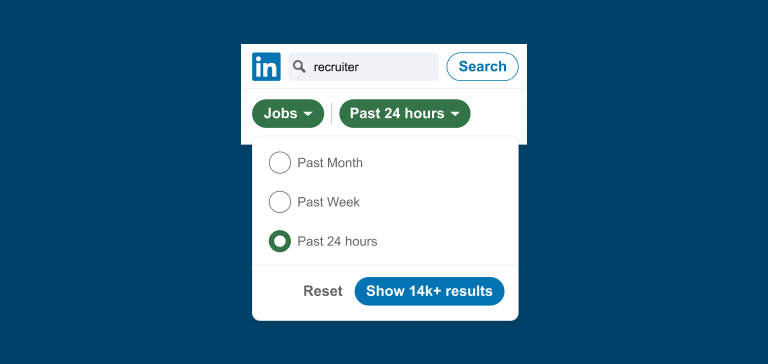I’m not a huge fan of always believing that we have to treat candidates like customers.
There’s this majority belief that every single candidate is a customer. That just isn’t true.
If you’re building spaceships, your customer is about ten astronauts that NASA hand selects. If you’re building accounting software, your candidate, a software engineer, probably can’t even do their own taxes. If you run a nut and bolt warehouse that is B2B, again, your candidate — the warehouse worker — isn’t your customer.
Also, the entire dynamic between a customer and a candidate is different. Let’s say I’m buying a new GMC Hummer “EV Edition 1” (it’s my dream vehicle, play along with me!).
I have the desire to buy. I have the resources to buy. My expectations are that the GMC dealership will work with me to get and deliver to me the exact vehicle I need.
Now, let’s say that the GMC dealer I went to is going to treat me like a candidate. First, they would lure me in through advertising and get me interested in buying. Okay, all seems in line so far.
Then, once I’m interested, they would start vetting me through a process to make sure that I was the right kind of buyer for the Hummer EV 1. Wait, what?! No, I just want to buy it! Let me buy it.
Well, Tim, it’s not just about you wanting to buy it. We also have to want you to buy it!
Do you see the difference between a customer and a candidate now?!
Now, this doesn’t mean that in many of our environments the customers aren’t also candidates. In this case, we want to deliver them an experience that will keep them a customer, even if we turn them down as a candidate. Which can be tricky. But also not as tricky as you might think.
Let’s say you’re a big box retailer like Target. My wife loves Target. No, really, she loves Target. Now, my wife might decide to help out our household one holiday season and think, “you know what, I should go get one of those seasonal Target jobs for the great employee discount!” She goes in, applies, and never gets the job. In fact, she never even hears back from them. The dreaded black hole!
Candidate experience experts will tell you Target just lost her as a customer forever. But I know for a fact that wouldn’t be true. She’d be right back at Target the next day.
Are you confused yet on how you should treat a candidate?
The reality is that there are so many overlaps in how we should treat candidates and customers.
We should be fast. We should be flexible and as accommodating as possible. We should make the experience something that feels humane and respected. We should follow through.
I have yet to meet a TA professional or leader who didn’t 100% know exactly how to treat a candidate, or what a great candidate experience includes. The problem is, in high-volume hiring, it’s the hiring manager who is messing up our candidate experience, for the most part.
But we aren’t off the hook!
While it might be a shift manager who is ultimately delivering the candidate experience that is remembered, we can make it super easy for them to deliver it through the automation and technology we surround them with. Really, the only thing a manager should do is push a button that says, “Yes, I want to hire this person” or “No, I don’t want to hire this person.”
From there, we are in talent acquisition, and our tech stack takes care of the rest. Our biggest candidate experience failure in TA is we force our hiring managers to own too much of the candidate experience.
This is why I’m the biggest fan of using conversational software in high-volume hiring.
Our ability to immediately engage with candidates with text-to-apply and take them through the process, allowing them to select interview times that work for them and painlessly leading them through an experience that feels like it was designed for them, not for the company. At the same time, having a process that is equally painless for our managers in the field. Then, ensuring that once the candidate says “yes” we continue that pain-free process through onboarding and start date.
The delivery of a positive candidate experience is about consistently delivering what the candidate expects in a way that seems intuitive to them without the candidate even having to think about it. To do this at scale means you can’t rely on hundreds or thousands of managers to deliver it. It will never happen the way you want.
We must rely on great technology to lead this process while still making it personal so candidates feel seen and cared for.
The finale of the series on the new way to build your ROI business case is here.
If you missed the previous part, the new way to define quality when hiring at scale is here.
Or start over at the beginning, and unlock a better candidate experience with speed.









